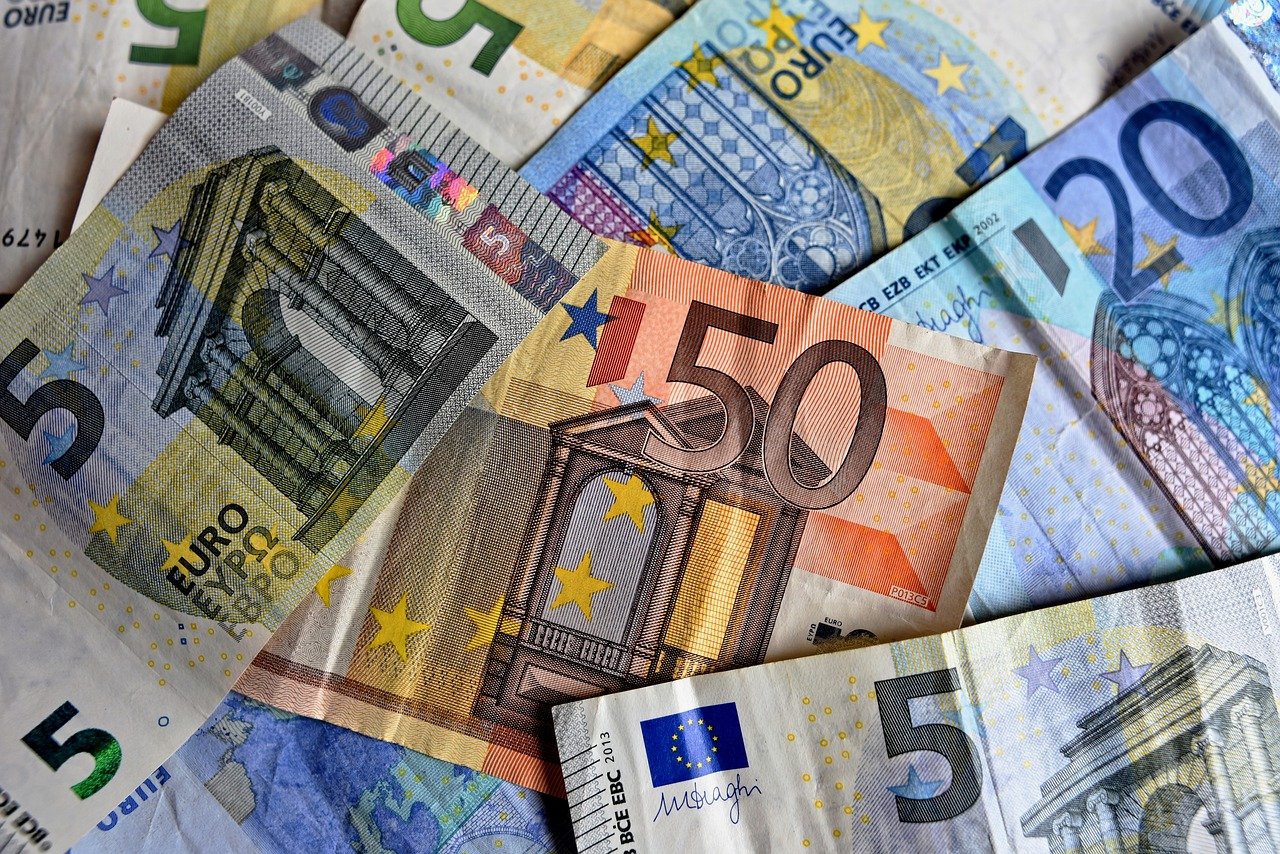The greatest thing to be created for the whole of society is money. It enables us to explore the world and buy necessities and services. Over the course of history, the functions and features of money have changed and it won’t look like it does for the foreseeable future.

Before money was created, people relied heavily on the barter system. You would essentially trade in the things you have for other things you need. However, as time went on, people realized that this was an incredibly flawed system. One key issue was that it wasn’t divisible. What this means is that if you wanted to trade in your old television for a small bag of potatoes with a shop keeper, you wouldn’t be able to give them a fraction of the television. The second other issue was that bartering depended on a “double coincidence of wants.” For instance, you had to have a television and need a bag of potatoes. And the person you’re buying the potatoes from also had to have potatoes and want a television. This is a very unlikely event and would rarely align so easily.
After the barter system, gold and other precious metals were being used as payments for goods. These items were divisible, had so much more value and outdid the coincidence problem. However, because of the weight of gold, it was dangerous to carry around large bags of it. Instead, people would accept a note of value instead saying that you were owed a certain amount of gold pieces in payment of the goods. This is where the first paper currency was conceived.
When you look at how much money has evolved today, you can imagine that it’s become more accessible. Because the pandemic has been a contributing factor, the money stored in the bank, you can use to pay for cashless transactions such as through credit cards or online bank accounts. This has proven to be such a very secure and effective method.
Not too far away in the future, we can see the possibility of money losing the form of physical paper and become entirely “online.”